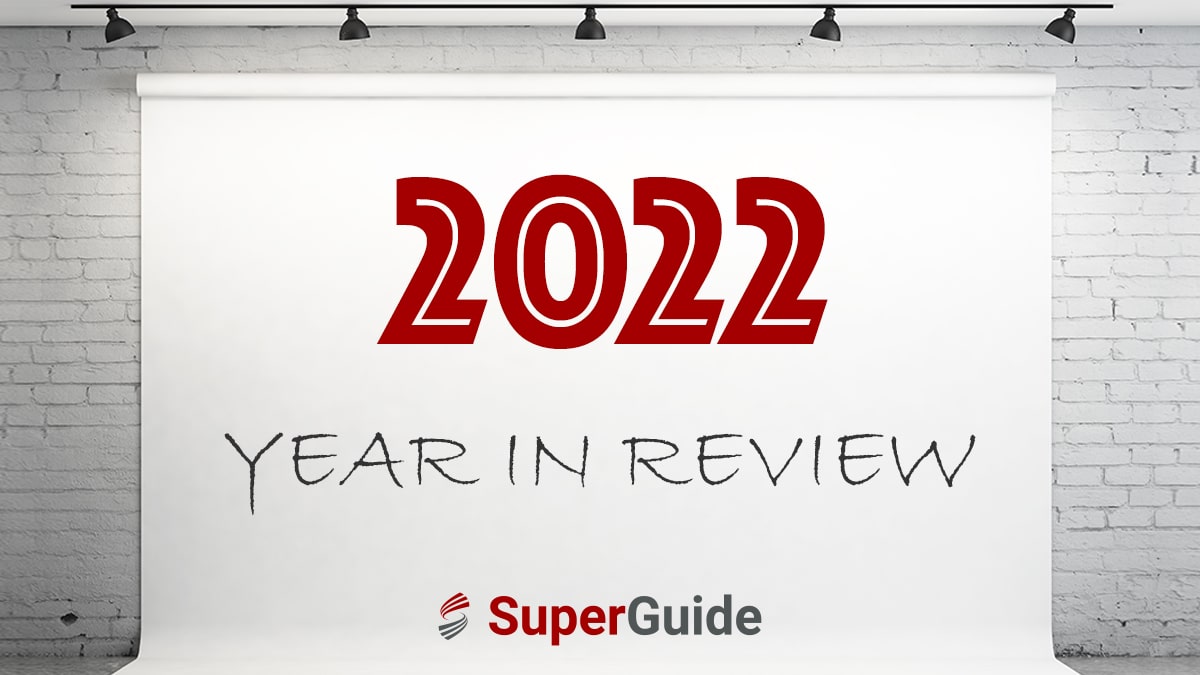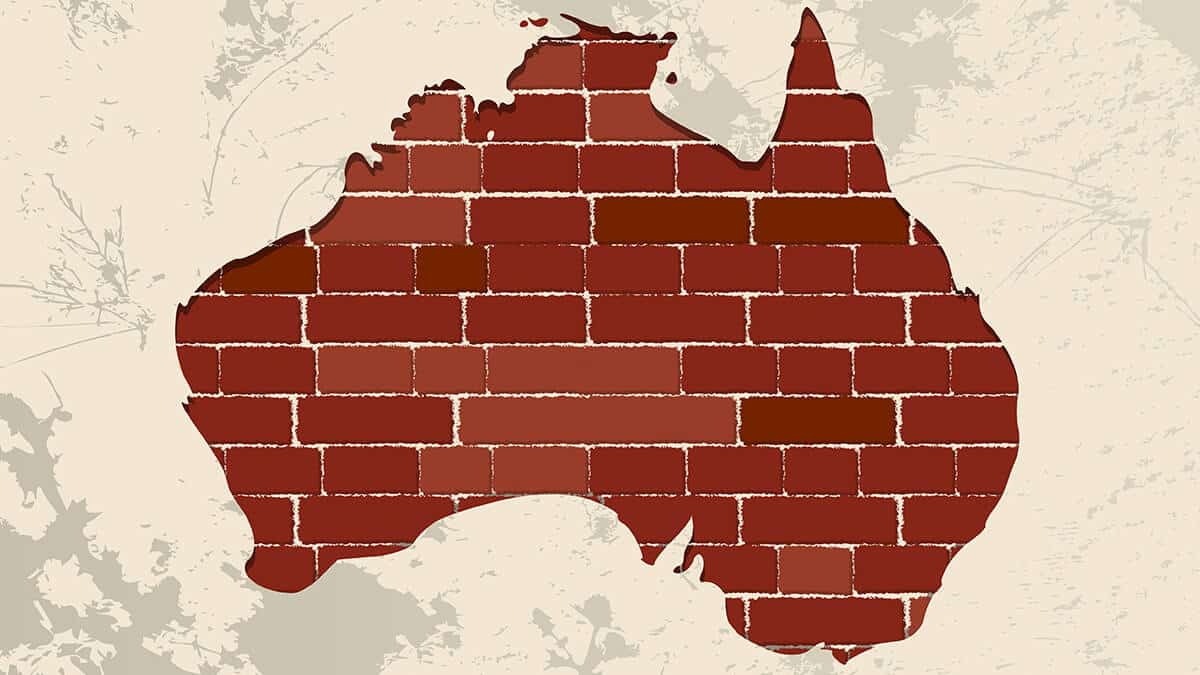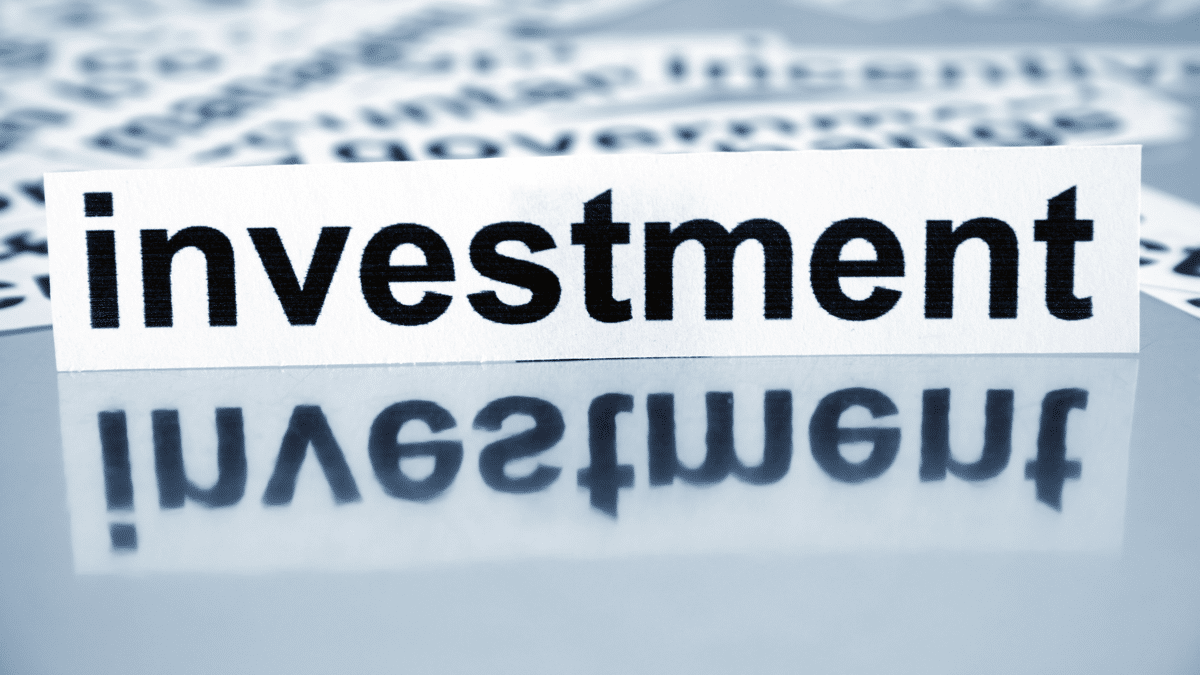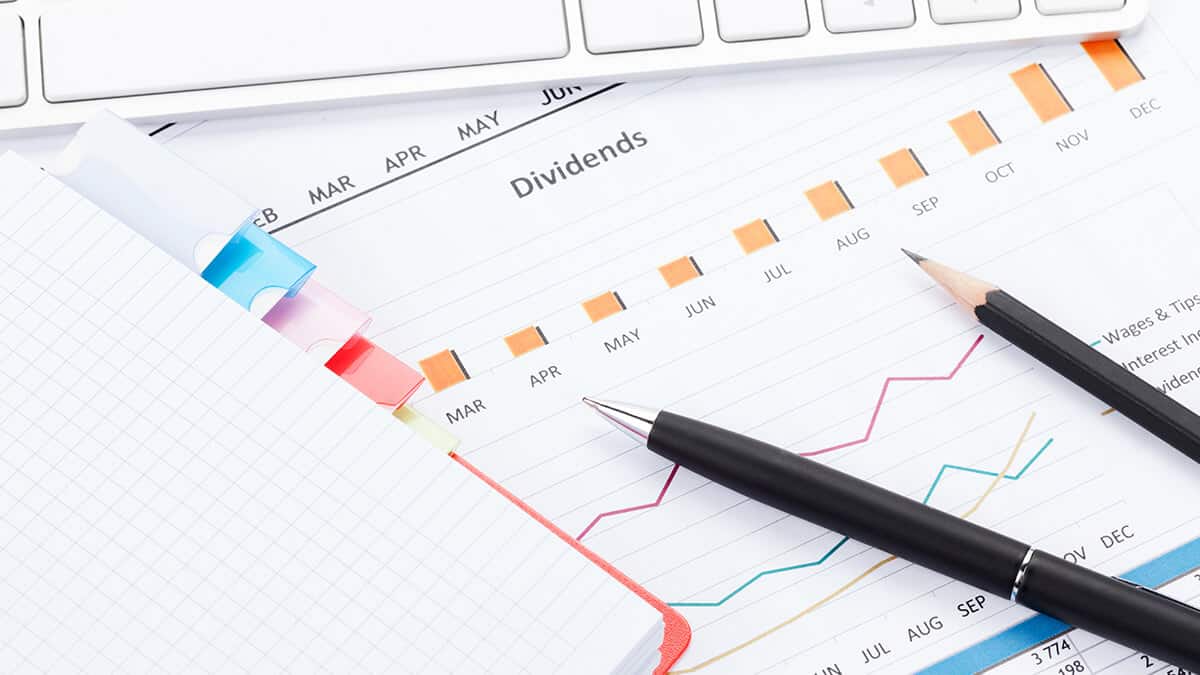In this guide
Just when we thought the worst of the Covid lockdowns and supply chain disruptions were behind us, in February 2022 a black swan appeared over the horizon in the guise of Russia’s invasion of Ukraine.
War disrupted energy and food supplies, pushing up prices. From May, the world’s central banks began ratcheting up official interest rates to combat surging inflation, sparking fears of recession and a sell-off in bonds and shares. It also marked the end of Australia’s residential property boom.
Super funds were not immune, suffering their first calendar year loss since 2011, although diversification constrained losses.
Ratings group Chant West estimates the median growth fund fell about 4 per cent last year. While this is bad news for members, especially those preparing to retire, it’s worth remembering that the median growth fund is still 11 per cent above its pre-Covid high of January 2020.
Calendar year returns to 31 December (% change)
| 2022 | 2021 | |
| Shares | ||
| MSCI World Index (excl. Australia) | -19.7% | +20.5% |
| S&P 500 | -19.3% | +27.0% |
| ASX 200 | -5.5% | +13.0% |
| Interest rates/Bond yields | ||
| Cash rate | 3.1% | 0.1% |
| Australian 10-year bond yield | +2.4% | +0.7% |
| US 10-year bond yield | +2.4% | +0.6% |
| Currency | ||
| $A vs $US | -6.2% | -5.8% |
| Commodities | ||
| Iron Ore | -6.5% | -25.3% |
| Oil (Brent Crude) | +11.4% | +53.0% |
| Gold | -0.3% | -3.5% |
| Australian residential property | ||
| CoreLogic Home Value Index | -5.3% | +22.1% |
Sources: Trading Economics, CommSec, CoreLogic
The big picture
Despite the global geopolitical and economic challenges, Australia remains in a better position than most. The year ended with a trade surplus, a better-than-expected federal budget bottom line and unemployment below 3.5 per cent.

















